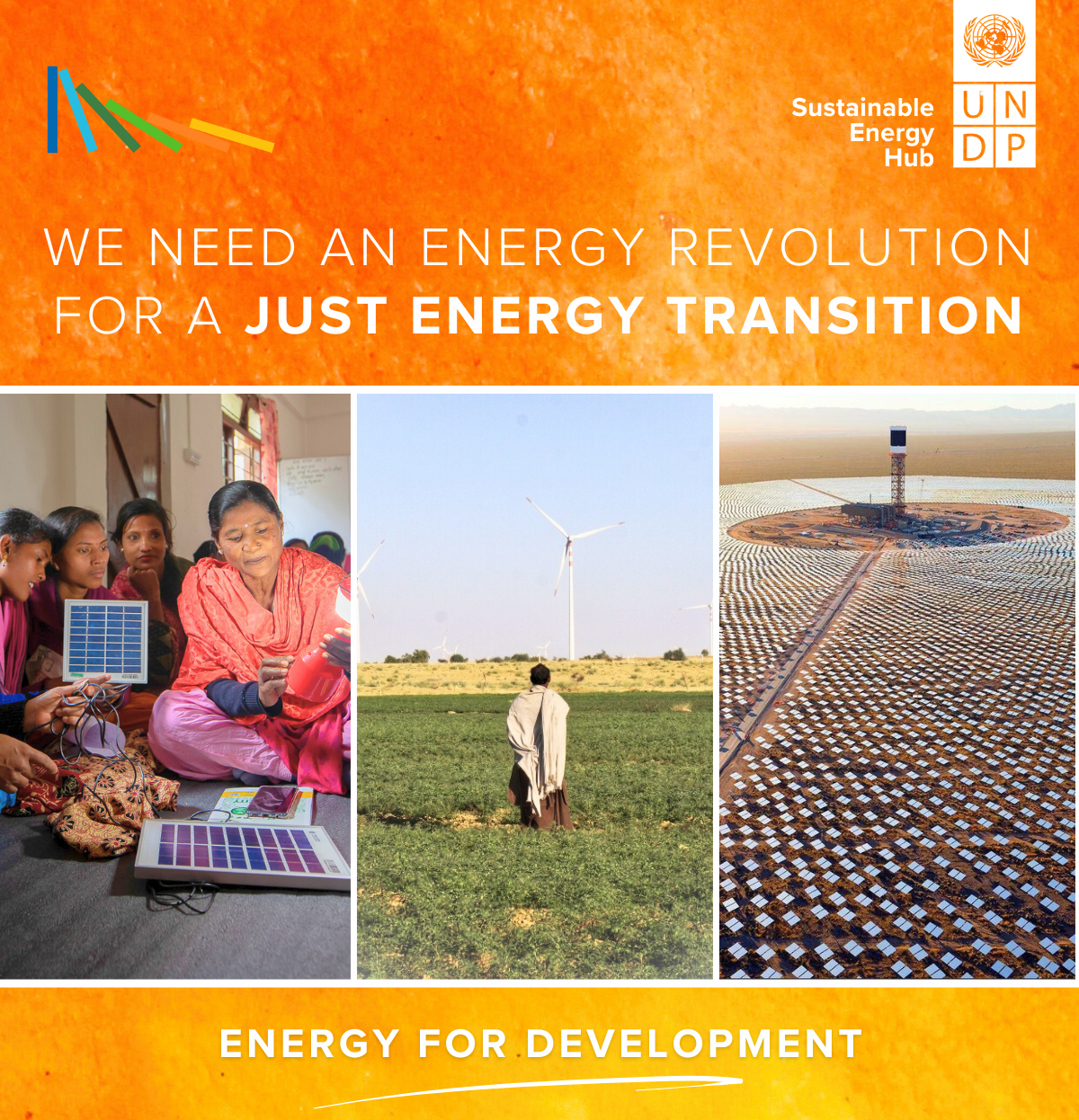

As we approach COP29, we need an energy revolution for a ‘just energy transition’. But what does this term truly mean beyond emission reduction? A just energy transition is more than a climate imperative; it is a moral and social responsibility that demands our attention. This transition must holistically address climate mitigation and adaptation, ensuring that the social and gender dimensions are central to the process. The real challenge lies as much in how we decarbonize as in determining who benefits from this transformation and who bears its costs.
Global energy investment is set to surpass $3 trillion in 2024, with nearly $2 trillion directed toward clean energy technologies. Yet, over 90% of this capital flows into advanced economies and China, leaving the Global South’s pressing energy needs largely unmet. This disparity threatens to exclude entire regions from the benefits of clean energy, perpetuating inequality, especially in Small Island Developing States (SIDS) and Landlocked Developing Countries (LLDCs), which are vulnerable to oil price shocks and debt distress. Addressing this imbalance requires urgent action—scaling up finance through innovative mechanisms, targeted technical support, and integrated efforts across public, private, and financial sectors. However, it is not enough to just boost funding. We must ensure these resources translate into tangible development gains, enabled by data and digital solutions like AI-driven energy systems that can drive inclusive growth and innovation.
A just energy transition could lead to greater energy security. With 92% of the population having sufficient or abundant access to renewable resources, they would be more secure under a renewable paradigm compared to a fossil fuel-based one. Just as many countries skipped landlines in favor of mobile phones, we are now seeing nations bypass expensive grid expansions in favor of distributed energy systems. This transition to renewable energy is closely tied to democratization, emphasizing social benefits and equitable distribution. Advances in learning rates and modularity are driving down the prices of solar panels and batteries, greatly expanding the market. Businesses with fewer energy constraints can grow faster, invest more heavily, and employ more people. As these technologies become more affordable, businesses and households will increasingly invest in their own energy systems. This shift will make it more feasible for nations to achieve energy self-sufficiency, potentially leading to a major transformation in global trade and geopolitics.
Recent milestones, such as the COP28 commitments, alongside high-stakes political forums like the Summit of the Future, offer a window to reshape global energy systems for greater equity and cooperation. The success of our energy transition will be measured not just in kilowatt-hours of clean energy produced, but in lives improved and communities strengthened. The future of energy is not just clean – it is just.

